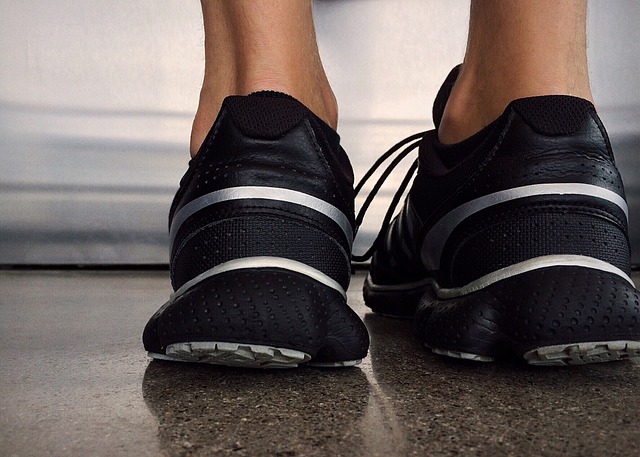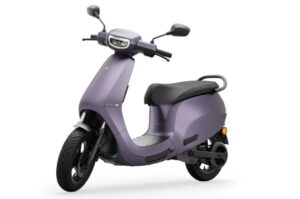
Recovery shoes have emerged as a revolutionary tool in the world of athletics, promising faster recovery times and enhanced comfort post-workout or competition. But what exactly are recovery shoes, and how do they work? Let’s get into the biomechanics of foot recovery, explore the efficacy of recovery shoes, compare them to standard footwear, highlight key features to consider when choosing a pair, and provide a curated list of the top 10 recovery shoes for runners.
What are Recovery Shoes?
Recovery shoes are specially designed footwear aimed at facilitating the post-exercise recovery process. Unlike traditional athletic shoes, which focus primarily on performance during activity, recovery shoes prioritize comfort and support to help alleviate muscle fatigue and soreness after intense workouts or competitions. They often feature advanced cushioning materials, supportive midsoles, and ergonomic designs tailored to the unique needs of recovering feet.
Biomechanics of Foot Recovery
Understanding the biomechanics of foot recovery is crucial to appreciating the role of recovery shoes in the post-exercise period. After intense physical activity, muscles, tendons, and ligaments in the feet and lower limbs experience microtrauma and inflammation. Recovery shoes aim to promote optimal biomechanical alignment, reduce pressure on sensitive areas, and enhance blood circulation to expedite the healing process. By providing adequate support and cushioning, these shoes help minimize stress on fatigued muscles and joints, allowing for quicker recovery and reducing the risk of overuse injuries.
Do Recovery Shoes Really Work?
The effectiveness of recovery shoes has been a subject of debate among athletes and researchers. While anecdotal evidence often touts their benefits, scientific studies on the efficacy of recovery footwear have yielded mixed results. Some research suggests that certain features of recovery shoes, such as cushioning and arch support, may indeed aid in post-exercise recovery by reducing muscle soreness and improving perceived comfort. However, the extent of their effectiveness may vary depending on individual factors such as foot mechanics, training regimen, and overall health status.
Comparing Recovery Shoes to Standard Footwear
To assess the true value of recovery shoes, it’s essential to compare them to standard footwear commonly worn during athletic activities. While traditional athletic shoes are designed for performance and protection during exercise, they may lack the specialized features necessary for optimal recovery. Recovery shoes prioritize comfort and support, offering enhanced cushioning, stability, and pressure relief tailored to the needs of tired and achy feet. By wearing recovery shoes during the post-exercise period, athletes can provide their feet with the care and support needed to expedite recovery and maintain long-term health and performance.
Key Features to Look for in Recovery Shoes
When shopping for recovery shoes, several key features should be considered to ensure optimal comfort and effectiveness.
Cushioning: Look for shoes with ample cushioning to provide soft support and absorb impact.
Arch Support: Opt for shoes with adequate arch support to promote proper foot alignment and reduce strain on the plantar fascia/plantar fasciitis.
Breathability: Choose shoes made from breathable materials to prevent overheating and moisture buildup.
Ergonomic Design: Select shoes with ergonomic designs that conform to the natural shape of the foot and provide targeted support where needed.
Stability: Seek shoes with stable platforms and secure heel counters to prevent excessive foot movement and reduce the risk of injury.
Best Recovery Shoes for Plantar Fasciitis
Finding the best recovery shoes for plantar fasciitis involves prioritizing features such as arch support, cushioning, stability, and overall comfort. Here are some top options known for their effectiveness in alleviating plantar fasciitis symptoms:
1. HOKA ONE ONE Bondi 7
Known for its maximum cushioning and supportive midsole, the Bondi 7 offers excellent shock absorption and arch support, making it ideal for individuals with plantar fasciitis.
2. Brooks Addiction Walker
This walking shoe provides exceptional stability and motion control, crucial for individuals dealing with plantar fasciitis. It features a supportive midsole and a roomy toe box for added comfort.
3. New Balance Fresh Foam 1080v11
With plush cushioning and a supportive yet flexible design, the Fresh Foam 1080v11 offers a comfortable ride while providing adequate arch support for plantar fasciitis relief.
4. ASICS GEL-Kayano 28
Designed for overpronators, the GEL-Kayano 28 features advanced cushioning technology and a structured midsole that helps correct foot alignment and reduce stress on the plantar fascia.
5. Saucony Triumph 19
Offering a plush yet responsive feel, the Triumph 19 combines ample cushioning with a supportive platform, making it suitable for individuals seeking relief from plantar fasciitis symptoms.
6. Altra Torin 5
Known for its zero-drop design and wide toe box, the Torin 5 promotes natural foot movement while providing cushioning and support to alleviate plantar fasciitis discomfort.
7. Vionic Walker
Designed with podiatrist-designed orthotic support, the Vionic Walker offers exceptional arch support and stability, making it an excellent choice for individuals with plantar fasciitis.
8. OOFOS OOahh Slide Sandal
Perfect for post-exercise recovery, the OOFOS OOahh Slide features a supportive footbed that cradles the arch and relieves pressure on the plantar fascia, making it an ideal option for wearing around the house or after workouts.
9. Skechers GOwalk Arch Fit
Combining Skechers’ innovative Arch Fit technology with plush cushioning, the GOwalk Arch Fit provides targeted support to the arch while offering all-day comfort for individuals with plantar fasciitis.
10. Orthofeet Proven Pain Relief Plantar Fasciitis Orthopedic Sneakers
Specifically designed to alleviate foot pain, these orthopedic sneakers feature anatomical arch support and cushioned soles to provide relief from plantar fasciitis discomfort.
When selecting recovery shoes for plantar fasciitis, it’s essential to prioritize comfort, support, and proper foot alignment to effectively manage symptoms and promote healing. Additionally, consulting with a healthcare professional or a podiatrist can help ensure that you choose the best footwear option tailored to your specific needs and foot condition.
Conclusion
Recovery shoes represent a valuable tool for athletes looking to optimize their post-exercise recovery and maintain peak performance. By understanding the biomechanics of foot recovery and selecting the right pair of recovery shoes with key features such as cushioning, arch support, and stability, athletes can effectively alleviate muscle soreness, reduce fatigue, and expedite the healing process. Whether you’re a seasoned runner or a weekend warrior, investing in quality recovery shoes can make a significant difference in your overall well-being and athletic success.
Also read:
The Ultimate Guide to Grounding Shoes






